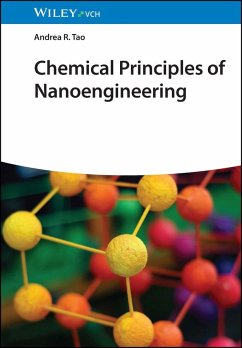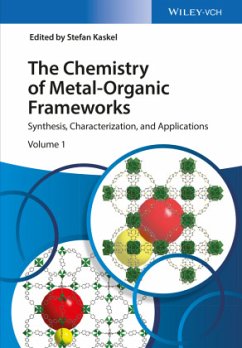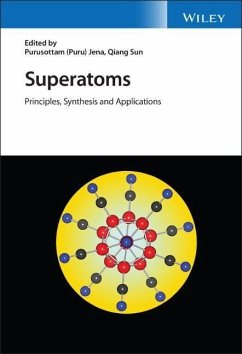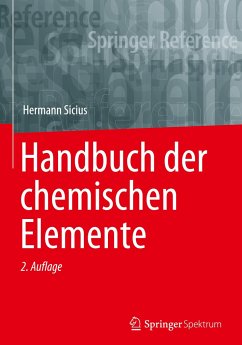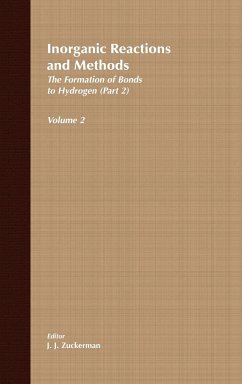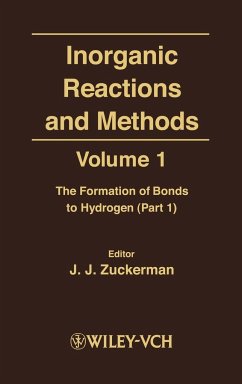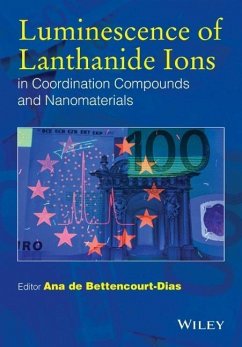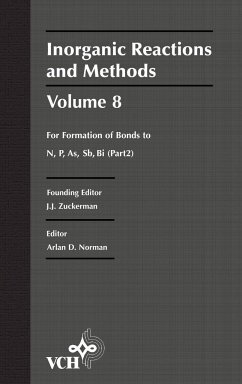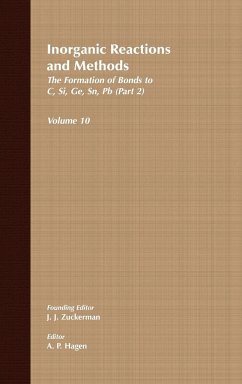Nicht lieferbar
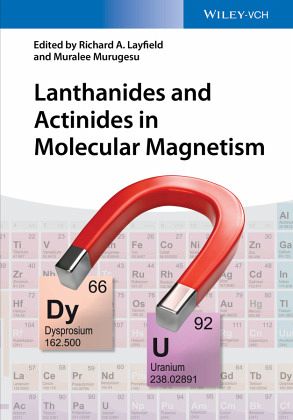
Lanthanides and Actinides in Molecular Magnetism
Written by international experts, this must-have reference is the first on this rapidly growing topic and provides an essential up-to-date guide to current and emerging trends, covering all key aspects, and also including industrial applications.
The first reference on this rapidly growing topic provides an essential up-to-date guide to current and emerging trends.
A group of international experts has been carefully selected by the editors to cover all the central aspects, with a focus on molecular species while also including industrial applications.
The resulting unique overview is a must-have for researchers, both in academia and industry, who are entering or already working in the field.
A group of international experts has been carefully selected by the editors to cover all the central aspects, with a focus on molecular species while also including industrial applications.
The resulting unique overview is a must-have for researchers, both in academia and industry, who are entering or already working in the field.





